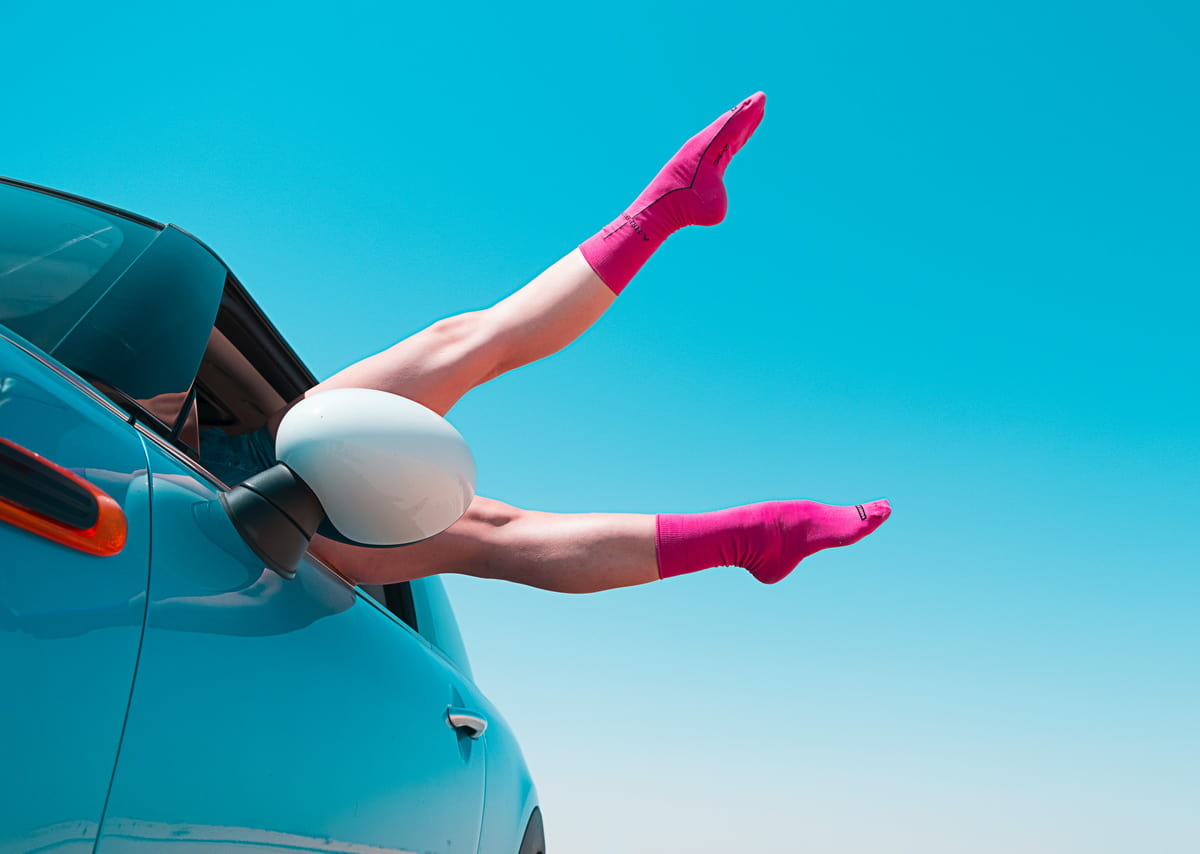Socks, those snug foot companions, have been tiptoeing around our history far longer than you might think. From the chilly floors of ancient stone dwellings to the neon-lit streets of today’s fashion capitals, socks have evolved not just as foot protectors but as silent storytellers of human culture and innovation.
Did you know that the world’s oldest sock, found in Egypt, was designed especially for sandals? Or that lost socks might not really disappear but play hide-and-seek in our washing machines? Dive in, as we unravel such delightful interesting facts about socks, bound to knock your socks off!
1. World’s Oldest Socks: Discovering Ancient Footwear
Imagine a time long ago, around 300-500 AD, when Egypt’s arid landscapes hid a treasure: the world’s oldest socks. These weren’t just any socks. Intricately crafted for wearing with sandals, they had a split for the big toe and showcased the exquisite nalebinding technique, a precursor to knitting.
Such ancient socks, a blend of practicality and style, reflect humanity’s age-old relationship with fashion and comfort.
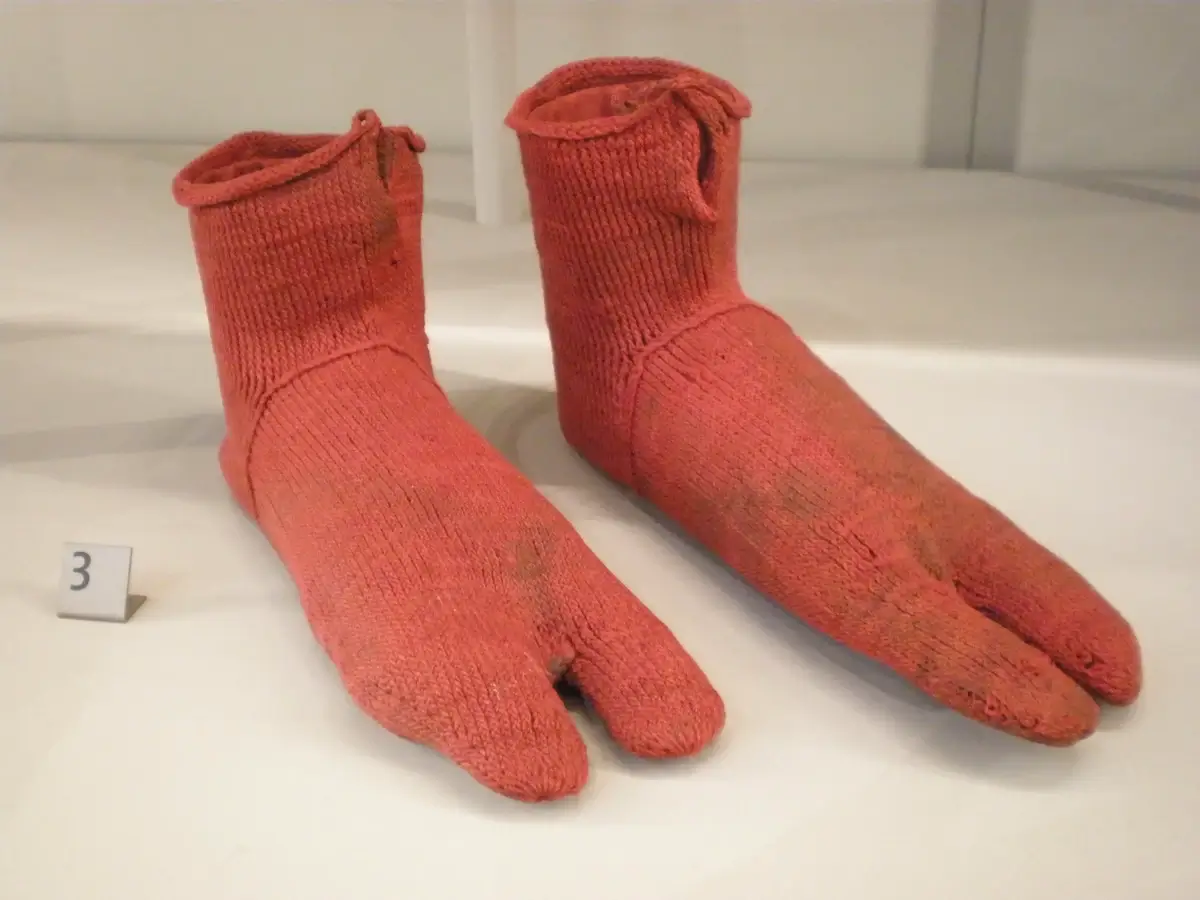
Image source: Wikimedia Commons
2. Toe-Tastic Socks: Celebrating Every Single Toe
Journey to Japan in the 15th century, where amidst cherry blossoms and traditional customs, emerged the “tabi” socks. Not just an accessory but a statement, these socks, designed to lovingly encase each toe separately, perfectly complemented the traditional thonged footwear of the time.
From Japan’s historic lanes to today’s global runways, toe socks have become synonymous with both comfort and quirk.
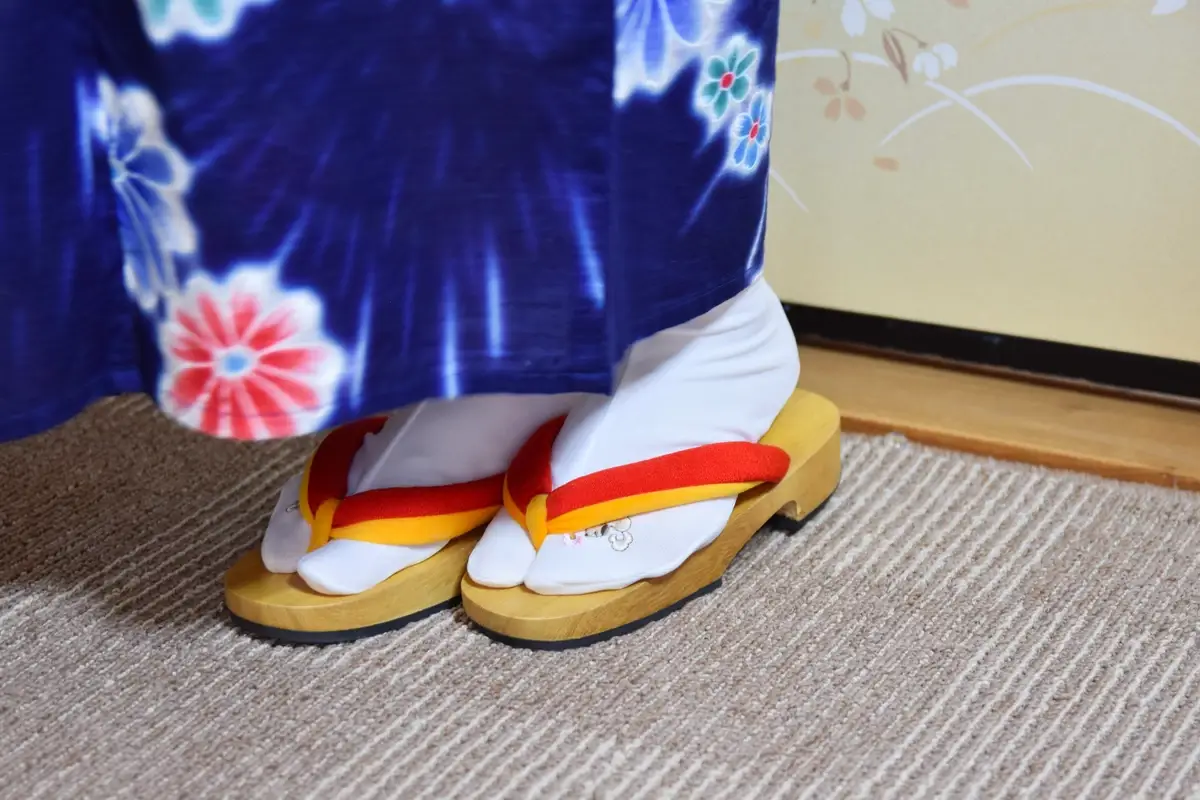
Raita Futo / Flickr
3. The Mystery of Lost Socks: Where Do They All Go?
Picture your laundry room, the hum of the washing machine, and the pile of clothes you’re about to fold. But wait, a sock is missing! This age-old enigma of lost socks has baffled many. While fantasies speak of sock gnomes or alternate dimensions, the truth might be closer to home with socks hiding in washing machine drums or sneaky corners.
Whether a believer in sock tales or a seeker of science, the mystery persists, making us chuckle every single time.
4. Sock Talk in Old English: From Stockings to Socks
Venture back to medieval England, where the term “sock” wasn’t even in play. Instead, people donned “stockings.” Derived from the Old English word “stocca,” meaning “stump,” these were essential attire for both nobles and commoners alike. Over time, as language and fashion morphed, “stockings” became more associated with longer hosiery, and our modern-day “socks” emerged.
While the term has evolved, the love for these foot-cuddlers remains timeless.
5. Civil War’s Footwear Focus: More Than Just Boots!
The American Civil War wasn’t just battles and strategies; it had its share of fashion tales too. As thousands marched, civil war socks played a crucial role. Soldiers often received handmade socks from loved ones, ensuring warmth and reducing the risk of foot ailments. The humble sock became a symbol of care, love, and the comforts of home during such turbulent times.
These pieces of fabric, though overshadowed by boots, held their ground firmly in the heart of every soldier.
6. Sock Subscription Mania: Monthly Joy at Your Doorstep
The digital age didn’t just reshape the way we communicate; it revolutionized our shopping habits too. Around the early 2010s, the subscription box trend took off, targeting everything from beauty products to gourmet foods. But amid these, an unexpected contender rose: sock subscriptions!
By 2015, several companies around the world tapped into the niche, offering specialized sock deliveries. Statistics show that the global sock market is expected to reach $11.6 billion by 2024, and subscriptions are playing a significant role in that growth. Why? They cater to the love for exclusive designs, convenience, and the thrill of “what’s next?”
For enthusiasts, every delivery day feels like a foot-fashion runway show, right in their living room.
7. Socks with a Purpose: The Medical Might of Compression
Beyond style and warmth, socks took a leap into the medical world. Compression socks, with their unique design, apply pressure to your lower legs, aiding blood flow, and reducing discomfort and swelling. From athletes to patients, and even long-haul travelers, the therapeutic benefits of these socks are being widely recognized and embraced.
It’s not just fabric; it’s science wrapped around your ankles.
8. Historical Sock Etiquette: Classy Stockings of Yore
Rewind to the European courts of the 17th century. When showing an ankle was racy, socks—or stockings, to be precise—became symbols of status. Only the elite could afford the finest silks and embroideries. By the 18th century, a “clocked” design became popular, where intricate patterns adorned the ankle sides of stockings. And here’s a fun twist: men’s stockings were often more extravagant than women’s, showcasing one’s wealth and class.
Those were the days when socks whispered (or rather, shouted) your social standing without uttering a word.
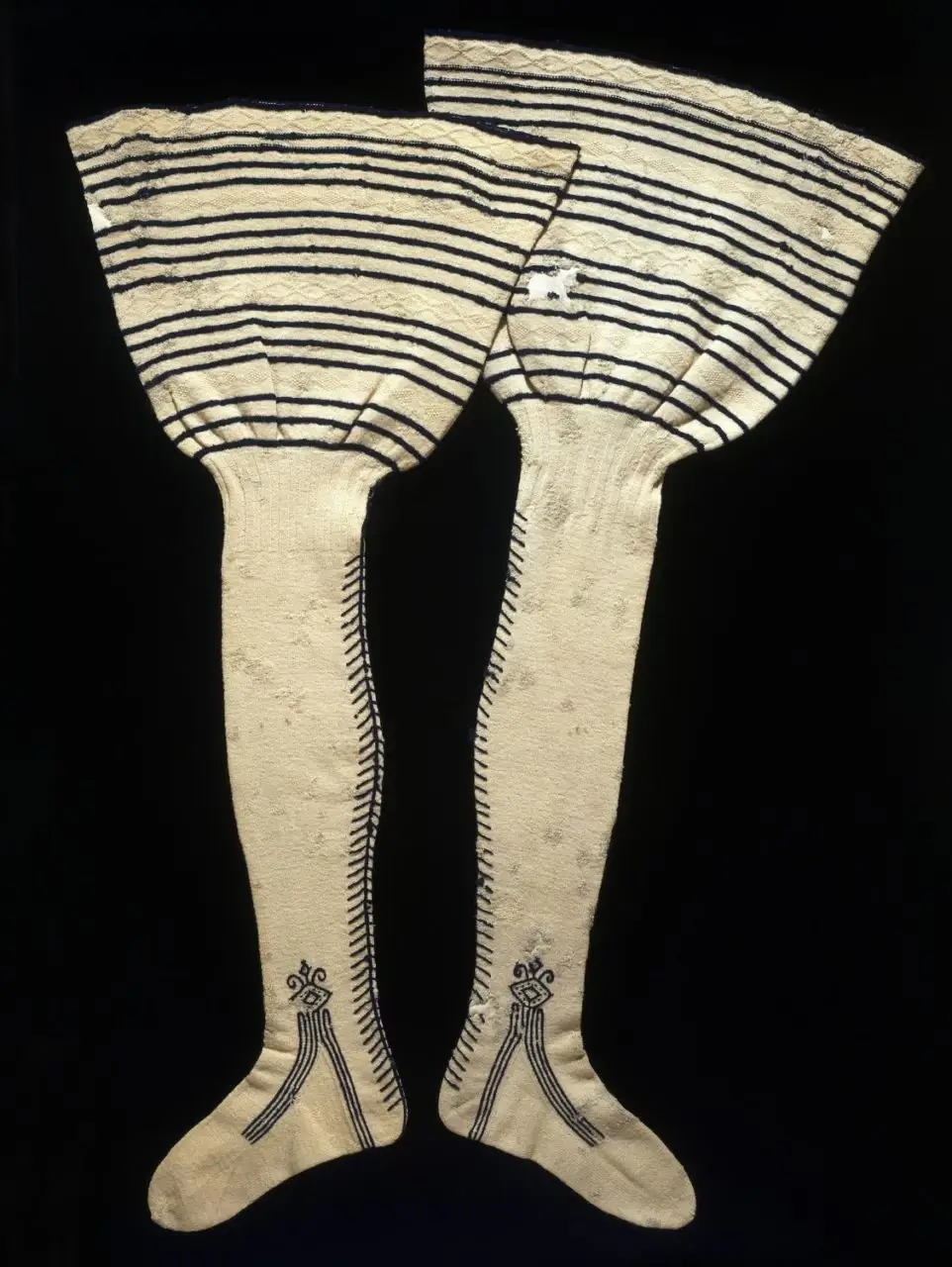
Image source: fashionhistory.fitnyc.edu
9. Socks’ Sporty Side: How They Shield Our Shins
Every soccer fan knows the importance of shin guards, but the socks covering them? Equally vital! Historically, sports socks evolved with shin guards to provide grip and keep the protective gear in place. Research also indicates that specific sock materials can reduce muscle fatigue and quicken recovery in athletes. Additionally, the design and length of these socks often represent team identity and spirit.
Whether it’s a Sunday league or the World Cup, those socks do more heavy lifting than you’d think!

RDNE Stock project / Pexels
10. Luxury for Feet: The World’s Most Expensive Socks
What if socks cost more than most cars? It’s not fiction. The world’s most expensive socks, made from the rare Cervelt deer’s down, are priced at a staggering $1,500 a pair! Limited to just 10 pairs annually, these socks promise unmatched warmth, softness, and exclusivity. The very process of collecting this unique fiber is meticulous, making each pair an emblem of luxury.
For the discerning few, it’s not just about foot warmth; it’s about opulence down to their toes.
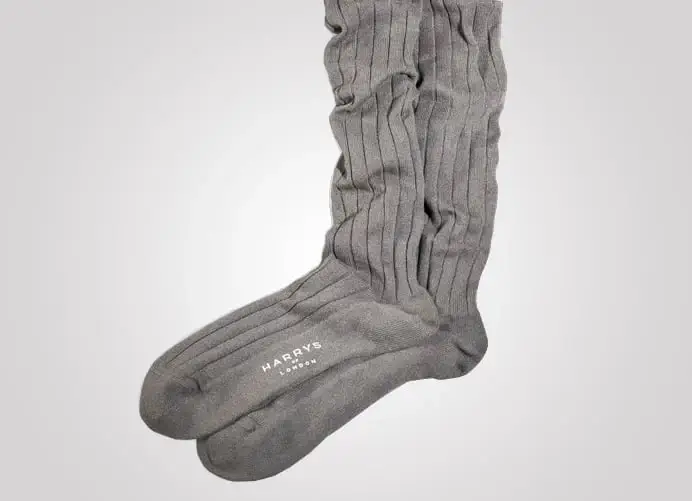
Image source: luxurylaunches.com
11. Random Sock Designs: Bold, Whimsical, and Wild
The world of socks isn’t just about function; it’s a canvas of expression. In recent years, sock designs have exploded in creativity. From socks showcasing famous art pieces to those with avocados dancing with toast, the realm of possibilities is vast and wild. Market data reveals that such “novelty socks” have seen a sales spike of over 12% in the past five years, making them a favorite for gifting and personal style.
Dressing up? More like dressing down to your fun-filled feet!
12. Step with a Spark: The Luminous Light-Up Socks
Lighting up feet isn’t just a fancy phrase; it’s a delightful reality! Light-up socks, initially gaining traction in the early 2000s, incorporate electroluminescent wire or tiny LED bulbs to achieve their radiant effect. The trend traces its roots to the shoe industry, where light-up shoes became a rave among children in the late 90s.
Safety also shines through in this sock design. Joggers and bikers sporting these luminous socks have reported increased visibility during low-light conditions, significantly reducing roadside accidents at night. Among the many fun facts about socks, the technological genius behind these glowing wonders is genuinely captivating.
13. Puppets of the Sock World: Footwear Turned Stars
The history of sock puppetry is more layered than one might think. Tracing their roots back to ancient civilizations, historians believe the first sock puppets were used in theater performances in China and ancient Greece. In the 1920s, they took the American entertainment world by storm when vaudeville performers began using them in their comedic acts.
Fast forward to the 1950s, and sock puppets became TV stars, with iconic characters like “Lamb Chop” captivating audiences. Even today, educational institutions utilize sock puppets as a tool for teaching linguistic skills and boosting creativity among children. Among the plethora of socks fun facts, the tale of a sock turning into a theater star is a fascinating journey.
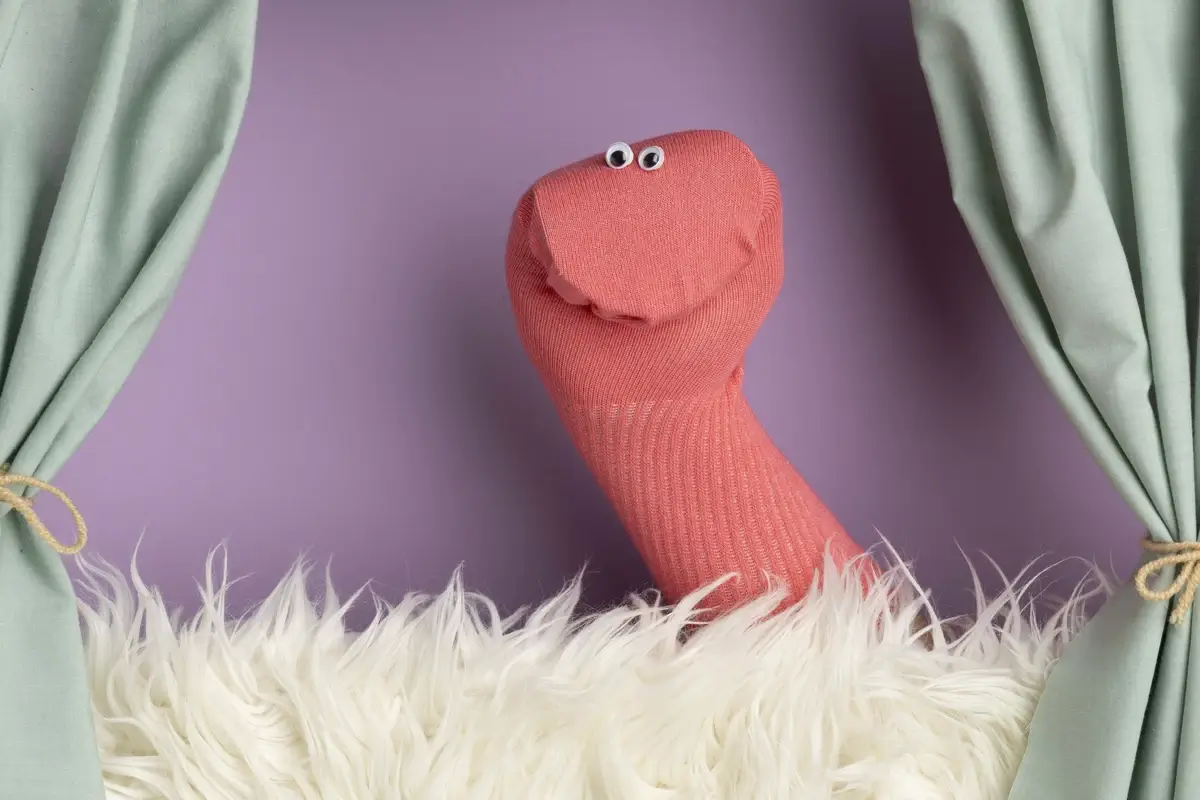
Image by Freepik
14. Foot Health & Socks: More Than Just Warmth
Foot health is a science and art, and socks play a pivotal role. For athletes, moisture-wicking socks diminish the risk of blisters, while merino wool’s antimicrobial properties stave off pesky fungal infections. A report by the American Podiatric Medical Association highlighted the significance of diabetic socks with their unique design – free from constricting elastics and often blessed with cushioned soles to prevent foot ulcers.
Knowing how socks can be a game-changer in foot health adds an enriching layer to the fun facts about socks we treasure.
15. The Making of Socks: From Thread to Toe-Hugger
Socks, at their core, are engineering marvels. The journey from a humble thread to a finished sock encompasses not just machinery, but history and innovation. While hand-knitting of socks can be traced back to ancient Egyptian tombs, today’s advanced knitting machines, like the Italian Lonati with its 1,200 stitches per minute, have revolutionized production.
The meticulous process includes stages like knitting, linking, boarding, and quality control. Among the troves of socks fun facts, understanding this blend of age-old craftsmanship with today’s technology showcases the enduring appeal of socks.
16. Short & Chic Ankle Socks: Fashionably Low-Cut
Ah, ankle socks – the epitome of understated chic. Making their first notable appearance in the roaring 1920s, ankle socks became synonymous with the flapper movement, where women began to liberally express their fashion choices.
But did you know the original function of ankle socks was athletic? Designed primarily for tennis players to avoid overheating, their popularity swiftly transitioned from the court to the catwalk. By the 1960s, with the rise of the miniskirt, ankle socks cemented their place as a fashionable accessory.
17. Colorful Sock History: More Than Meets the Eye
Socks have been around for millennia, but their colors? That’s a palette of history! In ancient Rome, different colored socks signified social status. The rich flaunted bright, dyed socks, while the poorer wore bland, undyed ones.
Jump to Renaissance Europe, and things get more intricate. With the introduction of the knitting machine in 1589, multi-colored socks became a trend. By the 20th century, socks morphed into a canvas of personal expression, reflecting pop culture and pivotal moments in history.
18. Socks & Superstitions: Age-Old Beliefs & Rituals
Every culture holds its quirks, and when it comes to socks, superstitions abound. In Turkey, accidentally wearing socks inside-out is believed to mean you’ll receive a gift soon. Meanwhile, in some parts of Asia, gifting socks symbolizes wishing warmth and care.
Delving deeper into history, during the Middle Ages in Europe, it was customary to gift newlyweds with knitted socks for good luck. And how can we forget the age-old practice of hanging Christmas stockings, hoping for presents?
Unraveling these socks fun facts, it’s clear that these foot-huggers have been laced with mystique for centuries.
FAQ
Why are socks called socks?
The term “sock” has roots that go way back. Originating from the Latin word “soccus,” it described a loose-fitting slipper. The Old English word “socc,” meaning light shoe, was derived from this. Over centuries, as footwear evolved, this term came to represent the snug fabric foot coverings we adore today.
What are the good things about socks?
Socks are truly a bundle of benefits. They protect our feet from abrasions, keep them warm during cold spells, and wick away moisture to prevent fungal infections. Additionally, they act as a cushion, reducing strain on our feet during activities. Fashion-wise, they’re a statement, letting wearers express personality through myriad colors and designs.
Who discovered socks?
While it’s hard to credit one single civilization with the ‘discovery’ of socks, the earliest known pairs date back to Ancient Egypt. Excavations from Oxyrhynchus have unveiled sock fragments from between 250 and 420 AD. These were split-toed socks, designed to be worn with sandals.
What is the purpose of wearing socks?
Socks serve multiple purposes. They protect our feet from external elements like cold, heat, and friction. They also absorb sweat, keeping our feet dry and less prone to fungal infections. Furthermore, for many, socks are an integral fashion accessory, providing an avenue for self-expression.
What are socks a symbol of?
Socks, throughout history, have symbolized various things. From a status symbol in Ancient Rome, where color and material indicated one’s social rank, to representing warmth and care when given as gifts in several cultures, socks have held symbolic significance. They also signify comfort and coziness in many modern interpretations.
Why do people love socks?
There’s a lot to love! Functionally, they offer warmth and protection. Aesthetically, they provide an avenue for self-expression, with countless designs, lengths, and patterns available. Moreover, the comfort of a soft, well-fitting sock can’t be overstated. They’ve also been a part of numerous traditions and memories, from Christmas stockings to sock puppet shows.
What color were the first socks?
The earliest socks discovered, notably from Ancient Egypt, were predominantly of natural colors, typically undyed and retaining the shade of the material from which they were made—most likely cotton or wool. Any dyes available at the time would have been obtained from natural sources, limiting the color spectrum.
What made socks popular?
The popularity of socks grew with advancements in footwear and changing fashion norms. As shoes evolved, socks became essential to prevent chafing. Additionally, with the invention of knitting machines in the late 16th century, mass production made socks accessible to the general populace. Their evolving designs, colors, and patterns also contributed to their widespread appeal.
What is the oldest sock?
The title for the world’s oldest preserved sock goes to a red, woolen sock excavated from Oxyrhynchus in Egypt. Carbon dating places it between 250 and 420 AD. Intriguingly, it’s designed for the left foot and has a split toe, likely intended to be worn with sandals.
What are the features of socks?
Socks come with various features tailored to their intended use. Athletic socks often have moisture-wicking properties, while thermal socks are designed for insulation. Diabetic socks reduce pressure points, and no-show socks provide a minimalistic look. Common features include elasticity (for fit), cushioned soles for comfort, and reinforced heels and toes for durability. The material, length, and design also vary widely based on function and fashion preferences.


